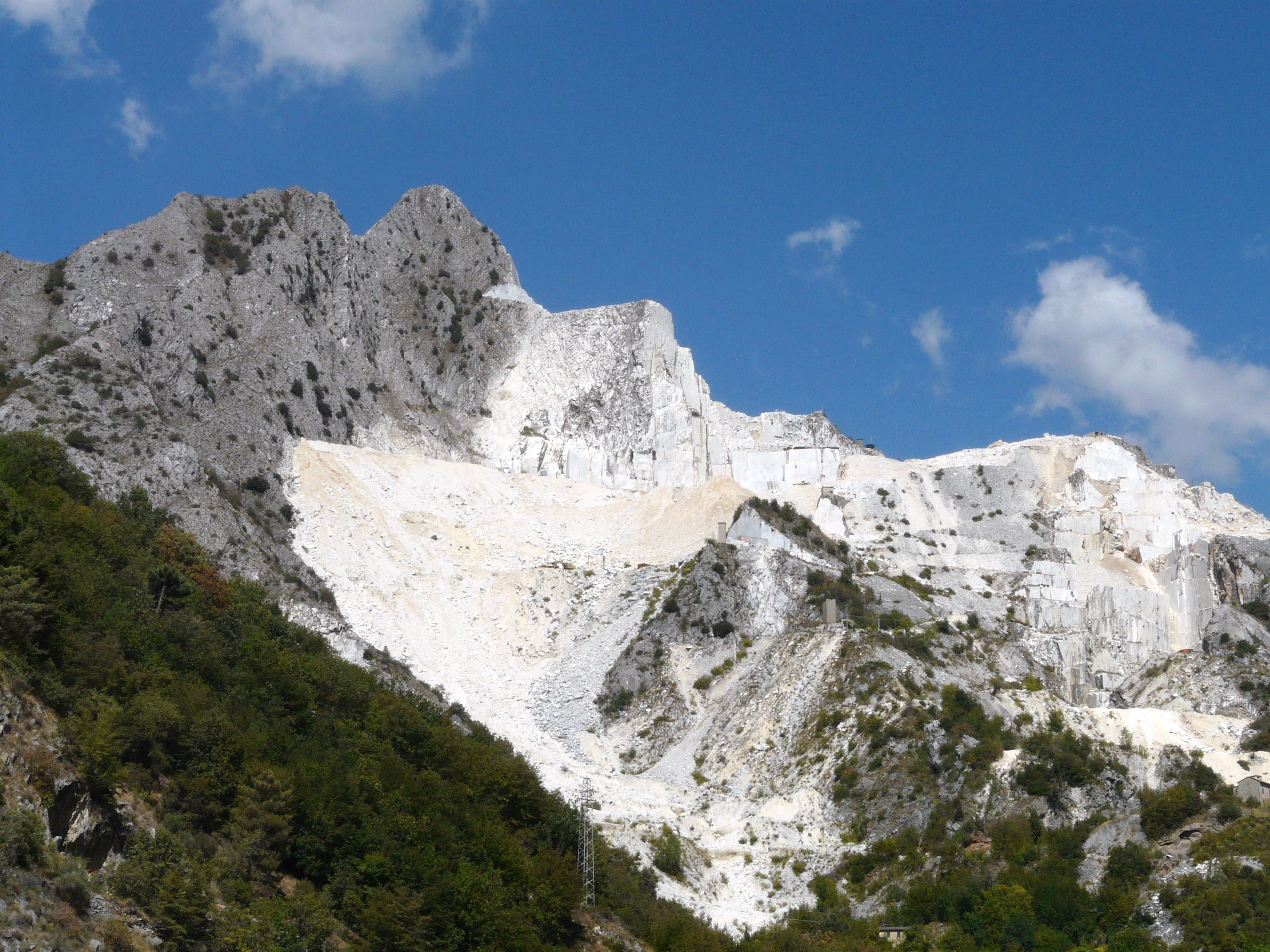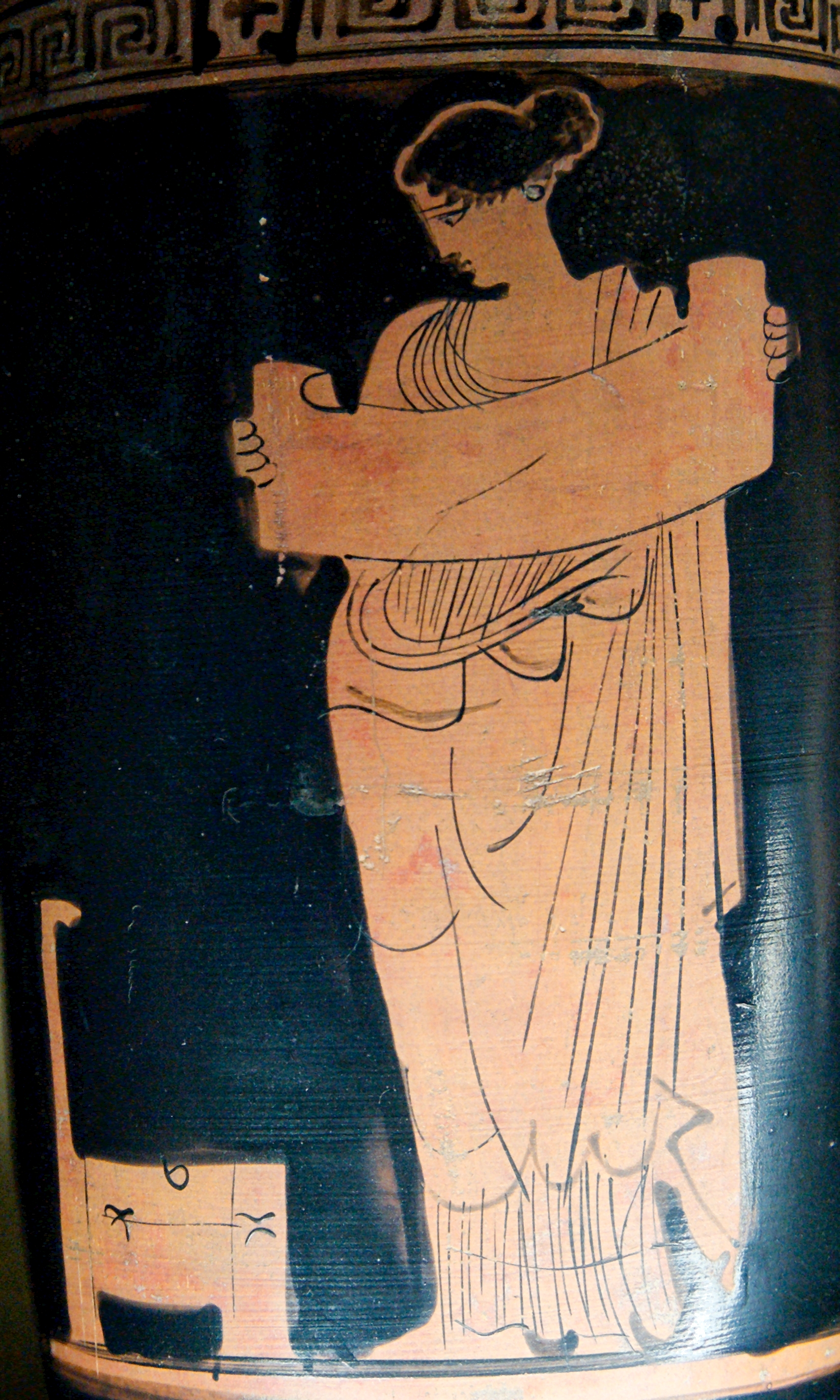|
Opera House
An opera house is a theater building used for performances of opera. Like many theaters, it usually includes a stage, an orchestra pit, audience seating, backstage facilities for costumes and building sets, as well as offices for the institution's administration. While some venues are constructed specifically for operas, other opera houses are part of larger performing arts centers. Indeed, the term ''opera house'' is often used as a term of prestige for any large performing arts center. History Greco-Roman antiquity Based on Aristoxenus's musical system, and paying homage to the architects of ancient Greek theater, Vitruvius described, in the 1st century BC, in his treatise ''De architectura'', the ideal acoustics of theaters. He explained the use of brazen vases that Mummius had brought to Rome after having had the theater of Corinth demolished, and as they were probably used in the Theater of Pompey. As wooden theaters were naturally sonorous, these vases, placed betwe ... [...More Info...] [...Related Items...] OR: [Wikipedia] [Google] [Baidu] |
Teatro De San Carlos, Nápoles, Italia, 2023-03-25, DD 184-186 HDR
Teatro may refer to: * Theatre * Teatro (band), musical act signed to Sony BMG * Teatro (Willie Nelson album), ''Teatro'' (Willie Nelson album), 1998 * Teatro (Draco Rosa album), ''Teatro'' (Draco Rosa album), 2008 {{disambiguation ... [...More Info...] [...Related Items...] OR: [Wikipedia] [Google] [Baidu] |
Theater Of Dionysus
The Theatre of Dionysus (or Theatre of Dionysos, ) is an ancient Greek theatre in Athens. It is built on the south slope of the Acropolis hill, originally part of the sanctuary of Dionysus Eleuthereus (Dionysus the Liberator). The first ''orchestra'' terrace was constructed on the site around the mid- to late-sixth century BC, where it hosted the City Dionysia. The theatre reached its fullest extent in the fourth century BC under the '' epistates'' of Lycurgus when it would have had a capacity of up to 25,000, and was in continuous use down to the Roman period. The theatre then fell into decay in the Byzantine era and was not identified, excavated and restored to its current condition until the nineteenth century. Sanctuary and first theatre The cult of Dionysus was introduced to Attica in the Archaic period with the earliest representation of the God dating to c. 580 BC. The City Dionysia (or Great Dionysia) began sometime in the Peisistratid era. and was reorganised during ... [...More Info...] [...Related Items...] OR: [Wikipedia] [Google] [Baidu] |
Book Of Daniel
The Book of Daniel is a 2nd-century BC biblical apocalypse with a 6th-century BC setting. It is ostensibly a narrative detailing the experiences and Prophecy, prophetic visions of Daniel, a Jewish Babylonian captivity, exile in Babylon. The text features prophecy rooted in Jewish history as well as a eschatology, portrayal of the end times that is cosmic in scope and political in its focus. The message of the text intended for the original audience was that just as the Yahweh, God of Israel saves Daniel from his enemies, so too he would save the Israelites in their present oppression. The Hebrew Bible includes Daniel as one of the Ketuvim, while Christian biblical canons group the work with the major prophets. It divides into two parts: a set of six court tales in chapters 1–6, written mostly in Biblical Aramaic, and four apocalyptic visions in chapters 7–12, written mainly in Late Biblical Hebrew; the Septuagint, the earliest extant Greek translation of the Hebrew ... [...More Info...] [...Related Items...] OR: [Wikipedia] [Google] [Baidu] |
Bible
The Bible is a collection of religious texts that are central to Christianity and Judaism, and esteemed in other Abrahamic religions such as Islam. The Bible is an anthology (a compilation of texts of a variety of forms) originally written in Hebrew, Aramaic, and Koine Greek. The texts include instructions, stories, poetry, prophecies, and other genres. The collection of materials accepted as part of the Bible by a particular religious tradition or community is called a biblical canon. Believers generally consider it to be a product of divine inspiration, but the way they understand what that means and interpret the text varies. The religious texts were compiled by different religious communities into various official collections. The earliest contained the first five books of the Bible, called the Torah in Hebrew and the Pentateuch (meaning 'five books') in Greek. The second-oldest part was a collection of narrative histories and prophecies (the Nevi'im). The third co ... [...More Info...] [...Related Items...] OR: [Wikipedia] [Google] [Baidu] |
Renaissance Of The 12th Century
The Renaissance of the 12th century was a period of many changes at the outset of the High Middle Ages. It included social, political and economic transformations, and an intellectual revitalization of Western Europe with strong philosophical and scientific roots. These changes paved the way for later achievements such as the literary and artistic movement of the Italian Renaissance in the 15th century and the Scientific Revolution, scientific developments of the 17th century. Following the Fall of the Western Roman Empire, Western Roman Empire's collapse, Europe experienced a decline in scientific knowledge. However, increased contact with the Islam, Islamic world brought a resurgence of learning. Islamic philosophy, Islamic philosophers and Science in the medieval Islamic world, scientists preserved and expanded upon ancient Greek works, especially those of Aristotle and Euclid, which were translated into Latin, significantly revitalizing European science in the Middle Ages, Eur ... [...More Info...] [...Related Items...] OR: [Wikipedia] [Google] [Baidu] |
Play Of Daniel
The ''Play of Daniel'', or ''Ludus Danielis'', is either of two medieval Latin liturgical dramas based on the biblical Book of Daniel, one of which is accompanied by monophonic music. Surviving plays The play itself dates from c. 1140. Two medieval plays of Daniel survive. The first version is in a manuscript conserved in the French National Library (Lat 11331) ; the text is by Hilarius, and no music accompanies it. The second version is a 13th-century drama with monophonic music, written about 1227 to 1234 by students at the school of Beauvais Cathedral, located in northern France. A large portion of the text is poetic rather than strictly liturgical in origin; it closely follows the narrative of the biblical story of Daniel at the court of Belshazzar. Modern revivals In the United States, the latter play was revived in the 1950s by Noah Greenberg, director of the New York Pro Musica; a commentary in English, written and performed by W. H. Auden, was used in some of thei ... [...More Info...] [...Related Items...] OR: [Wikipedia] [Google] [Baidu] |
Quarry
A quarry is a type of open-pit mining, open-pit mine in which dimension stone, rock (geology), rock, construction aggregate, riprap, sand, gravel, or slate is excavated from the ground. The operation of quarries is regulated in some jurisdictions to manage their safety risks and reduce their environmental impact. The word ''quarry'' can also include the underground quarrying for stone, such as Bath stone. History For thousands of years, only hand tools had been used in quarries. In the eighteenth century, the use of drilling and blasting operations was mastered. Types of rock Types of rock extracted from quarries include: *Chalk *China clay *Scoria, Cinder *Clay *Coal *Construction aggregate (sand and gravel) *Coquina *Diabase *Gabbro *Granite *Gritstone *Gypsum *Limestone *Marble *Ores *Phosphate rock *Quartz *Sandstone *Slate *Travertine Methods of quarrying The method of removal of stones from their natural bed by using different operations is called quarryin ... [...More Info...] [...Related Items...] OR: [Wikipedia] [Google] [Baidu] |
Middle Ages
In the history of Europe, the Middle Ages or medieval period lasted approximately from the 5th to the late 15th centuries, similarly to the post-classical period of global history. It began with the fall of the Western Roman Empire and transitioned into the Renaissance and the Age of Discovery. The Middle Ages is the middle period of the three traditional divisions of Western history: classical antiquity, the medieval period, and the modern period. The medieval period is itself subdivided into the Early, High, and Late Middle Ages. Population decline, counterurbanisation, the collapse of centralised authority, invasions, and mass migrations of tribes, which had begun in late antiquity, continued into the Early Middle Ages. The large-scale movements of the Migration Period, including various Germanic peoples, formed new kingdoms in what remained of the Western Roman Empire. In the 7th century, North Africa and the Middle East—once part of the Byzantine Empire� ... [...More Info...] [...Related Items...] OR: [Wikipedia] [Google] [Baidu] |
Greco-Roman Civilization
The Greco-Roman world , also Greco-Roman civilization, Greco-Roman culture or Greco-Latin culture (spelled Græco-Roman or Graeco-Roman in British English), as understood by modern scholars and writers, includes the geographical regions and countries that culturally—and so historically—were directly and intimately influenced by the language, culture, government and religion of the Greeks and Romans. A better-known term is classical antiquity. In exact terms the area refers to the "Mediterranean world", the extensive tracts of land centered on the Mediterranean and Black Sea basins, the "swimming pool and spa" of the Greeks and the Romans, in which those peoples' cultural perceptions, ideas, and sensitivities became dominant in classical antiquity. That process was aided by the universal adoption of Greek as the language of intellectual culture and commerce in the Eastern Mediterranean and of Latin as the language of public administration and of forensic advocacy, espec ... [...More Info...] [...Related Items...] OR: [Wikipedia] [Google] [Baidu] |
Christian Church
In ecclesiology, the Christian Church is what different Christian denominations conceive of as being the true body of Christians or the original institution established by Jesus Christ. "Christian Church" has also been used in academia as a synonym for Christianity, despite the fact that it is composed of multiple churches or denominations, many of which hold a doctrinal claim of being the one true church to the exclusion of the others. For many Protestantism, Protestant Christians, the Christian Church has two components: the church visible, institutions in which "the Bible, Word of God purely preached and listened to, and the sacraments administered according to Christ's institution", as well as the church invisible—all "who are truly Salvation in Christianity, saved" (with these beings members of the visible church). In this understanding of the invisible church, "Christian Church" (or Catholic (term), catholic Church) does not refer to a particular Christian denomination, ... [...More Info...] [...Related Items...] OR: [Wikipedia] [Google] [Baidu] |
Muses
In ancient Greek religion and Greek mythology, mythology, the Muses (, ) were the Artistic inspiration, inspirational goddesses of literature, science, and the arts. They were considered the source of the knowledge embodied in the poetry, lyric poetry, lyric songs, and myths that were related orally for centuries in ancient Greek culture. The number and names of the Muses differed by region, but from the Classical Greece, Classical period the number of Muses was standardized to nine, and their names were generally given as Calliope, Clio, Polyhymnia, Euterpe, Terpsichore, Erato, Melpomene, Thalia (Muse), Thalia, and Urania. In modern figurative usage, a muse is a Muse (source of inspiration), person who serves as someone's source of artistic inspiration. Etymology The word ''Muses'' () perhaps came from the Indo-European ablaut#Proto-Indo-European, o-grade of the Proto-Indo-European language, Proto-Indo-European root (the basic meaning of which is 'put in mind' in verb formati ... [...More Info...] [...Related Items...] OR: [Wikipedia] [Google] [Baidu] |





